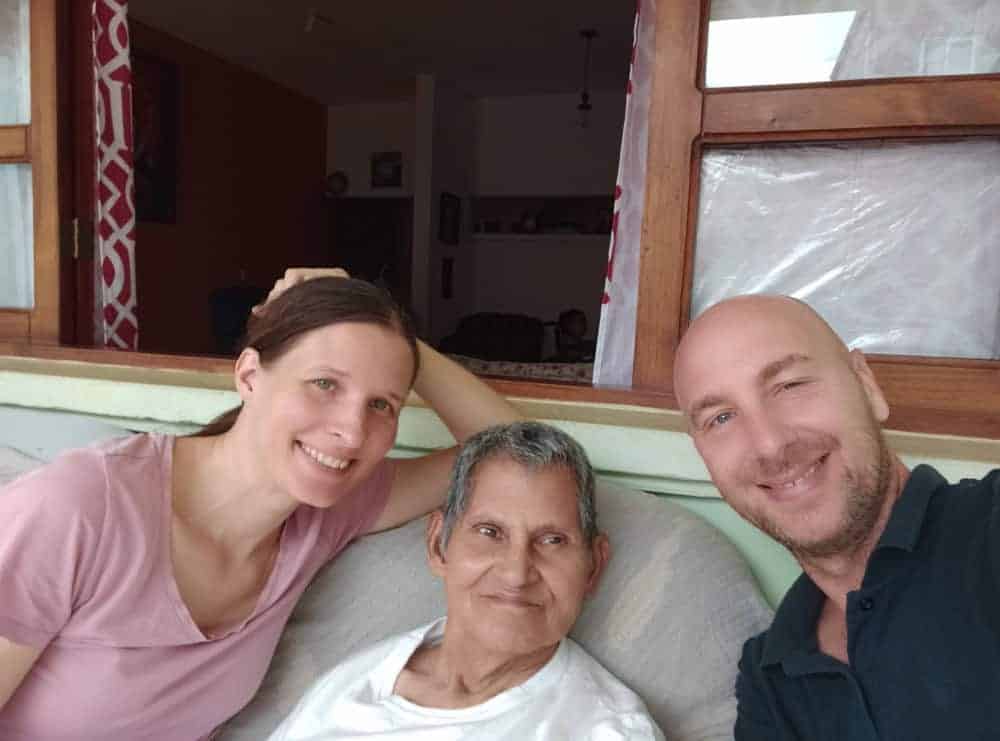When you take time to concentrate on a task, what setting do you desire? Do you sit facing a wall or a window? Do you prefer to plug into your favorite playlist or put on noise-cancellation headphones? Would it make a difference if you were stuck in a chair or if you could shoot basketball hoops while figuring things out?
These are the questions currently being researched with students and various learning methods.
Just because a child does not easily learn in the traditional desk-and-chair school setting does not necessarily mean they lack brilliance.
She Could Not Stop Moving
Take, for example, the story of Gillian Lynne (1926–2018), one of the finest British choreographers in history. Dame Lynne ultimately achieved stardom as a Royal Ballet soloist and staged the original productions of Cats and Phantom of the Opera. However, her academic beginnings were somewhat rocky.
At the young age of seven, Gillian’s mother took her to a doctor to address the school’s concerns: the child’s attention span was very bad; she could not stop moving. Gillian even admitted to earning the nickname “Wriggle Bottom”!
The doctor patiently listened to the school’s concerns as voiced by Gillian’s mother. But more than that, he observed little Gillian straining to sit still in the office. The doctor asked her mother to step outside so he could talk to her in private. But instead of the low, serious tones the mother expected the doctor to adopt, something else happened.
Before leaving the office, the doctor decided to put on the radio for the child. When he stepped out in the hallway, he asked her mother to peek through the window to watch Gillian’s reaction to the lively music.
Gillian described what happened as soon as the adults left: “The minute they’d gone, I leaped up. I leaped on his desk; I leaped off his desk. I danced all around the room. I had the most fabulous time.”
After a few minutes of observation, the doctor turned to the mother and said, “There is nothing wrong with your child. She is a dancer. Take her to dance school.”
And she did.
Finding Her Gifts
Gillian rose to fame with a fabulous dancing career; she also helped many others once she managed choreography.
Speaking of her dance school experience, she recalls, “I can’t tell you how wonderful it was. We walked in this room, and it was full of people like me, people who couldn’t sit still, people who had to move to think!”
Gillian Lynne had been very fortunate to encounter such an astute doctor, especially in the 1930s. That was well before such curiosities as attention deficit hyperactivity disorder (ADHD) were ever labeled, studied, or medicated.
Movement Can Enhance Learning
This is where current research is making headway. Research results published in the Journal of Abnormal Child Psychology (April 12, 2015) show that fidgeting, squirming, and foot-tapping may actually enable students to remember information and figure complex tasks.
The study (involving boys ages 8-12) found that, for particular students dealing with learning disorders and particularly ADHD, movement coincides with concentration!
Complex cognitive tasks require small muscle movement to access working memory. People access this type of short-term memory when problem-solving, learning, and processing complex information.
Mark Rapport, one of the study’s researchers, stated in a press release, “What we’ve found is that when [the study participants] are moving the most, the majority of them perform better.” He then confirmed what Dame Lynne had known about herself early on: “They have to move to maintain alertness.”
Indeed, they had to move to think!
Certainly we each encounter individual limitations in education. However, perhaps the lesson here is to strive toward accepting and celebrating our unique talents, and learning how to cater education to those abilities.



